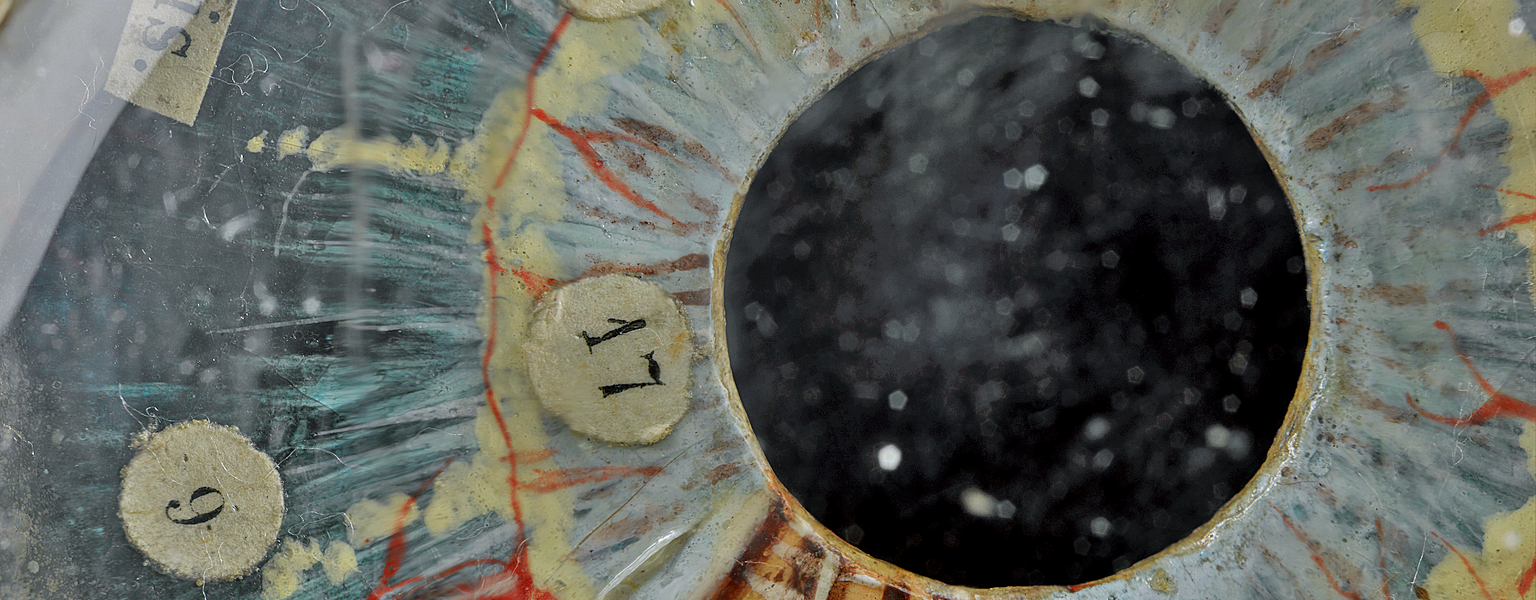I recently had the opportunity to explore the Science museum’s collection of Greek and Roman antiquities. The fact that the museum has a Classical collection may come as a surprise to some readers; to quote a former colleague’s young son, ‘Planes, cars, trains, and rockets!’ may more readily come to mind when thinking about the Science Museum.
However, the collection does exist and has many interesting stories to tell, some of which will be included in new galleries dedicated to the history of medicine that will open 16 November 2019.
Greek and Roman antiquities made their way into the Science Museum more or less entirely from the enormous collection amassed by Henry Wellcome (1853-1936). The great majority were transferred as a permanent loan into the Science Museum’s custodianship in the 1970s as part of a larger collection relating to the history of medicine.
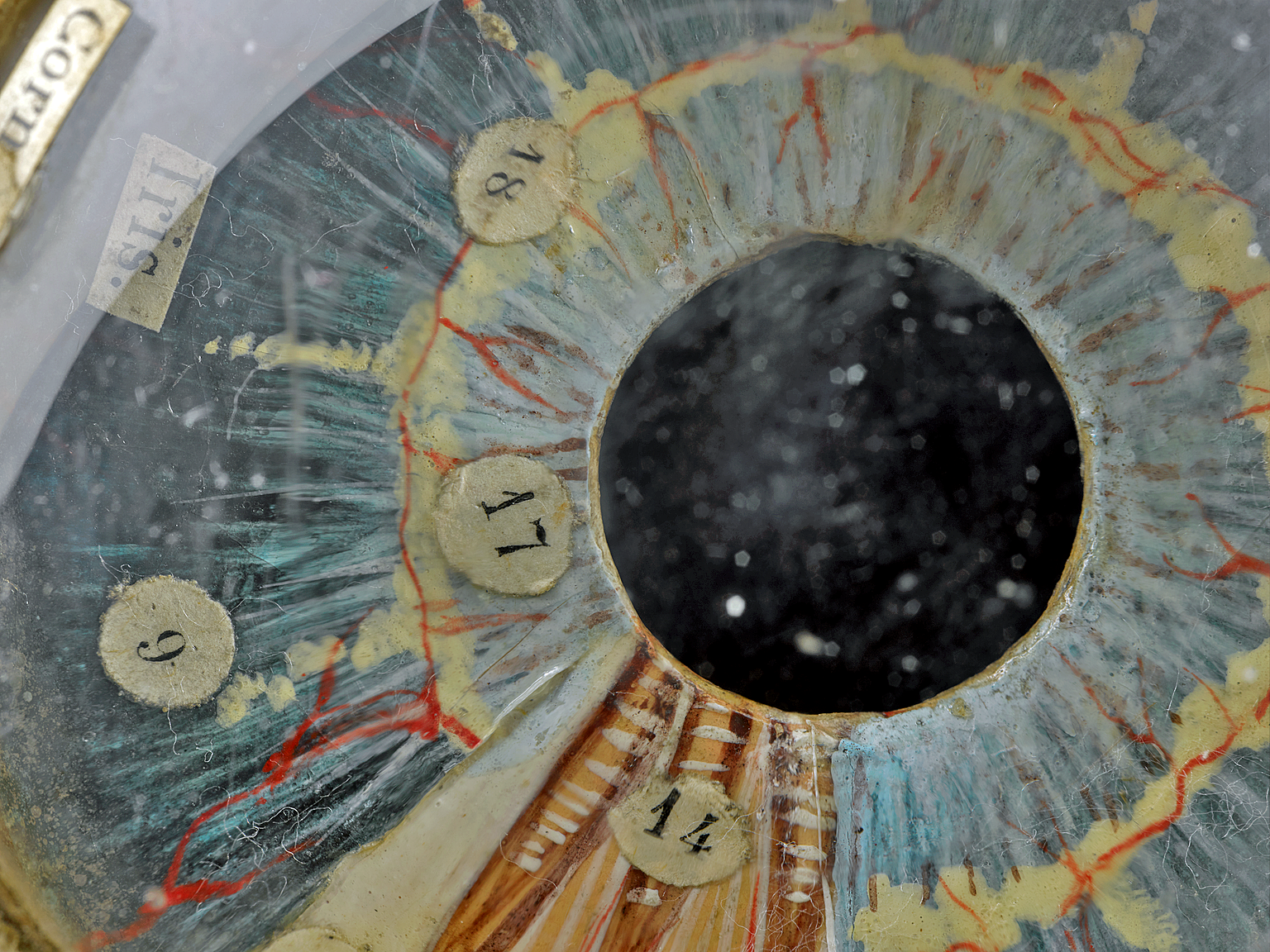
Looking at the Classical collection today there is a wonderful mix of ceramics, sculpture, glass vessels, surgical tools and coins just waiting to be discovered.
Amongst the most eye-catching finds is the large number of anatomical votive offerings of terracotta and marble which include heads, abdominal viscera, feet, breasts, wombs, genitalia, eyes and ears.
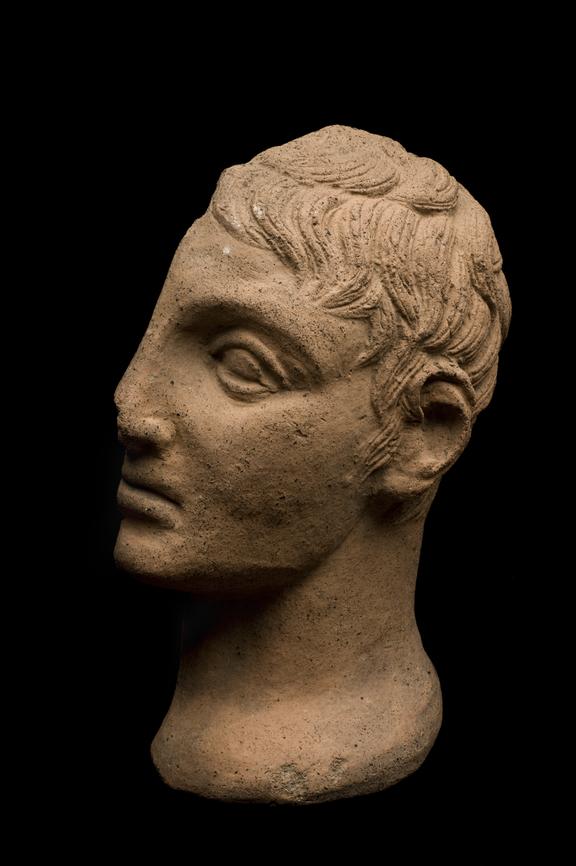
While the exact age and provenance of these anatomical models, unfortunately, remain uncertain, we know that they would have been brought to sanctuaries and shrines in the ancient world to express thanks or request healing or fertility from the gods believed to reside there.
As divine property, the votives were not destroyed or recycled but instead packed into small buildings or rooms, or buried in sacred pits, which is why such large numbers have survived.
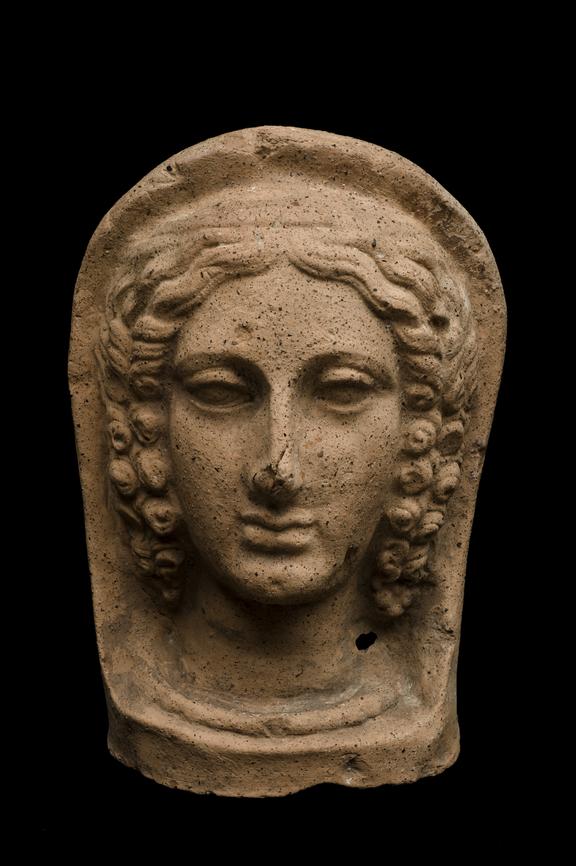
Votives were made from moulds and mass-produced, most likely by family-run businesses located near shrines and on the major pilgrim routes. In some cases, the reproductions were modified to show specific pathological conditions or were even specially commissioned to show the specific limbs and features of individuals. You can see the former in this copy of a votive elbow covered in raised pustules below.
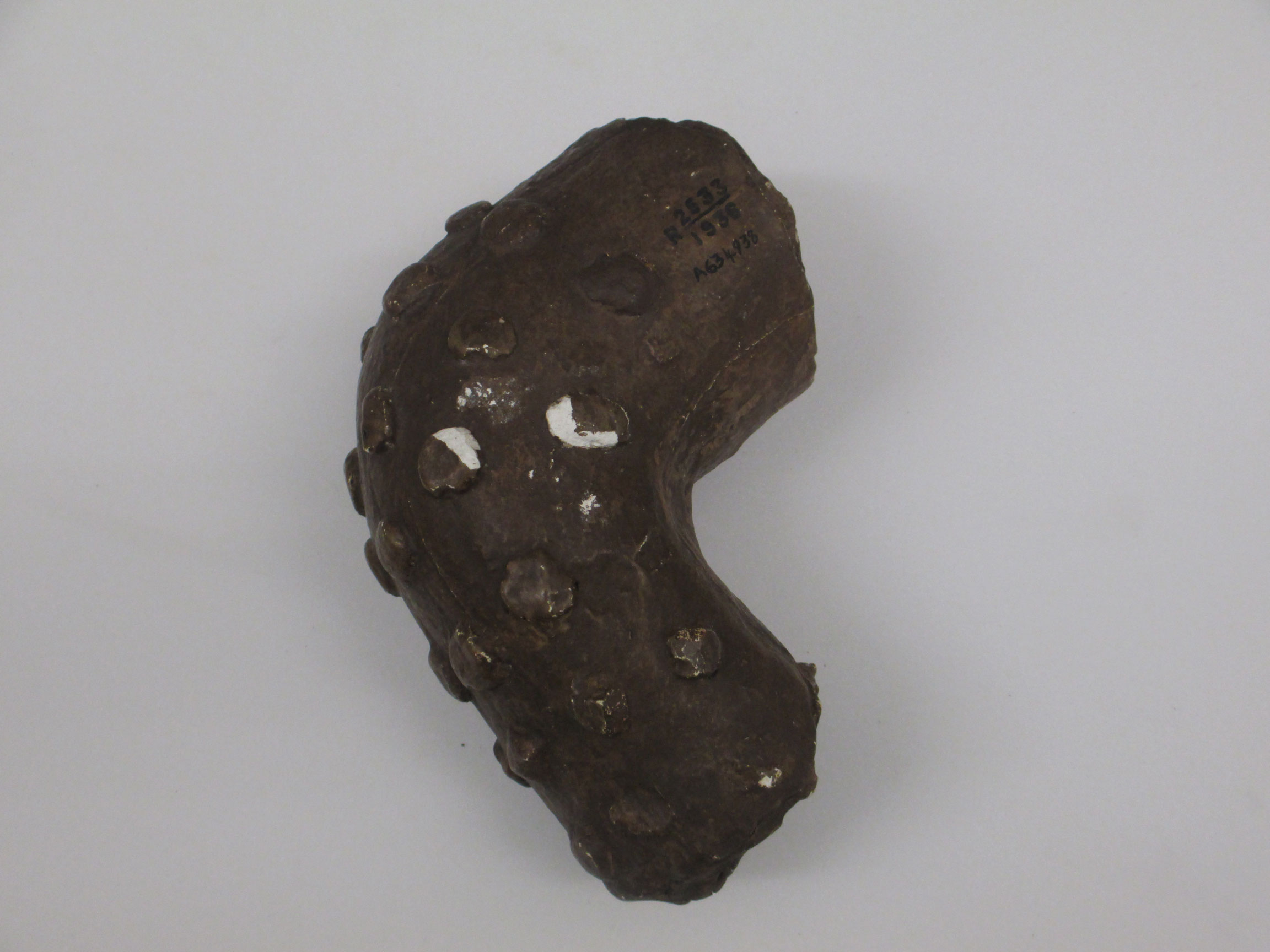
Anatomical votives do not only tell us about religious medicine in the ancient world but also of the Roman and Greek understanding of the body and of common ailments and afflictions affecting ancient populations.
In some cases, votive deposits confirm and underline what we know from written sources and other archaeological material, as is the case with for instance eye disease. Partial or complete blindness was a very serious condition in the ancient world as it would have prevented people from carrying out their livelihoods.
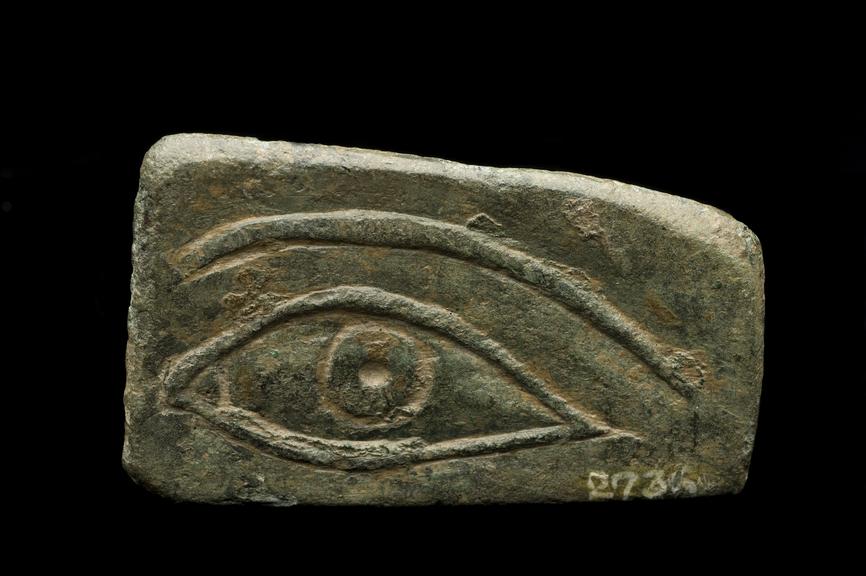
Eye conditions, in general, were common and feature prominently in both ancient literature and medical texts. Additionally, votive eyes have been found in large numbers and also feature prominently in the Science Museum collection.
There is a theory that different conditions can be gleaned from the way votive eyes have been depicted. Votive eyes showing eyeballs may indicate conditions affecting vision (e.g. short-sightedness, detached retina, and cataract) while those with eyelids and other surrounding tissues may point to infected lesions (e.g. trachoma or inflammation of the eyelid).
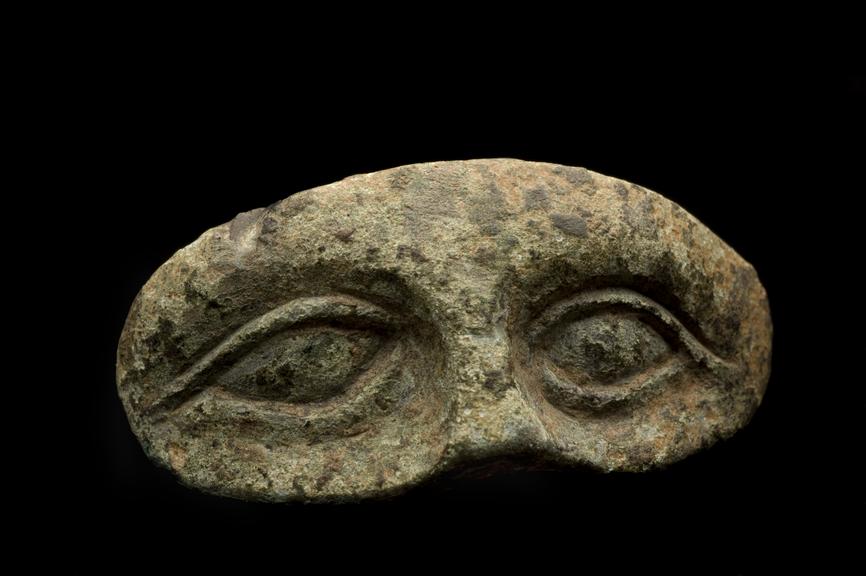
In the ancient world, religious medicine was part of a bustling medical market place where individuals were at liberty to consult different practitioners in lieu of, or alongside, seeking divine help. Any comfort, psychological or otherwise, gained from religious medicine should not be underestimated.
There is also evidence to suggest that healing shrines specialised in for instance injuries to hands and feet, or indeed eyes and that practitioners specialising in treating the above would have set up shop near the shrine, offering their services and wares. Ultimately votive offerings and religious medicine in general needs to be considered when looking at ancient medical practice as a whole.
Ulrika Danielsson was a Content Coordinator at the Science Museum. This and many more exciting stories will be told in the new Medicine galleries opening at the Science Museum in November 2019.
